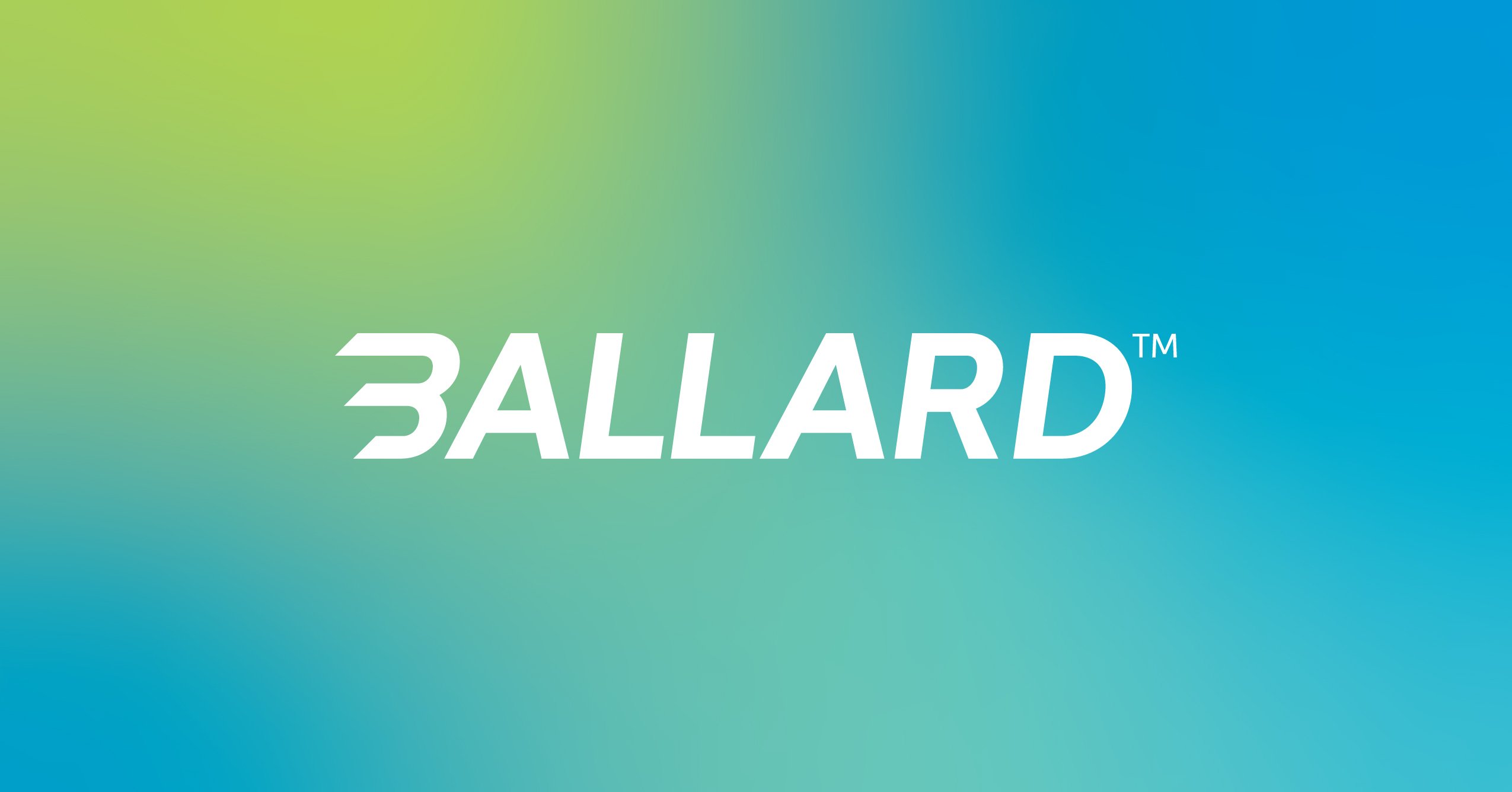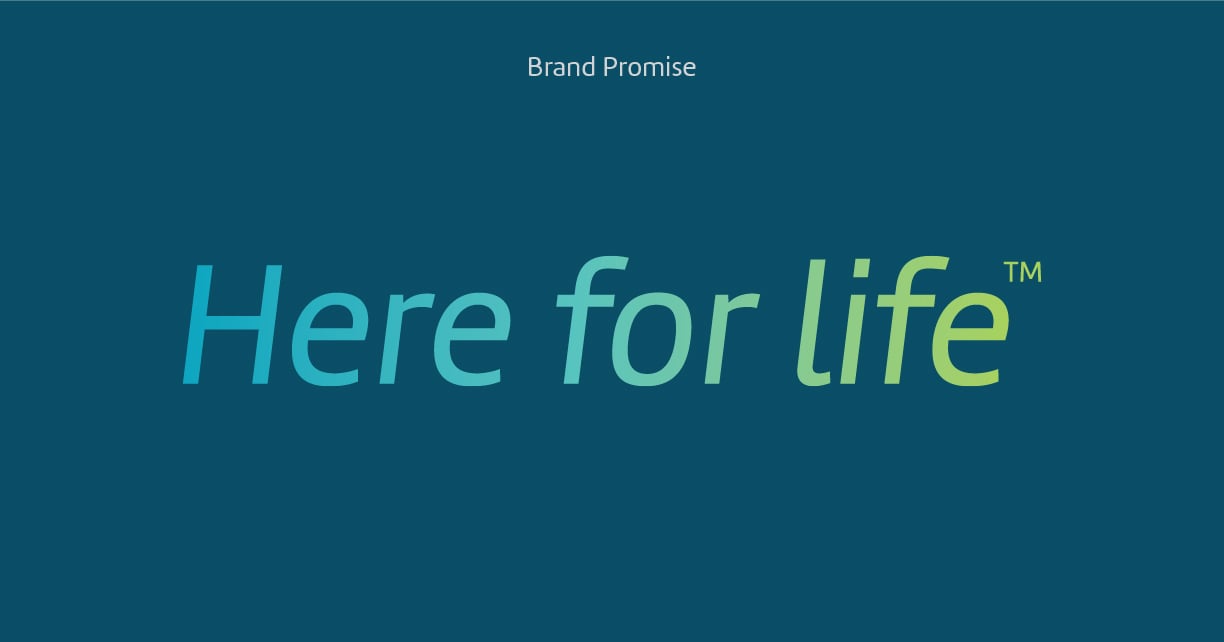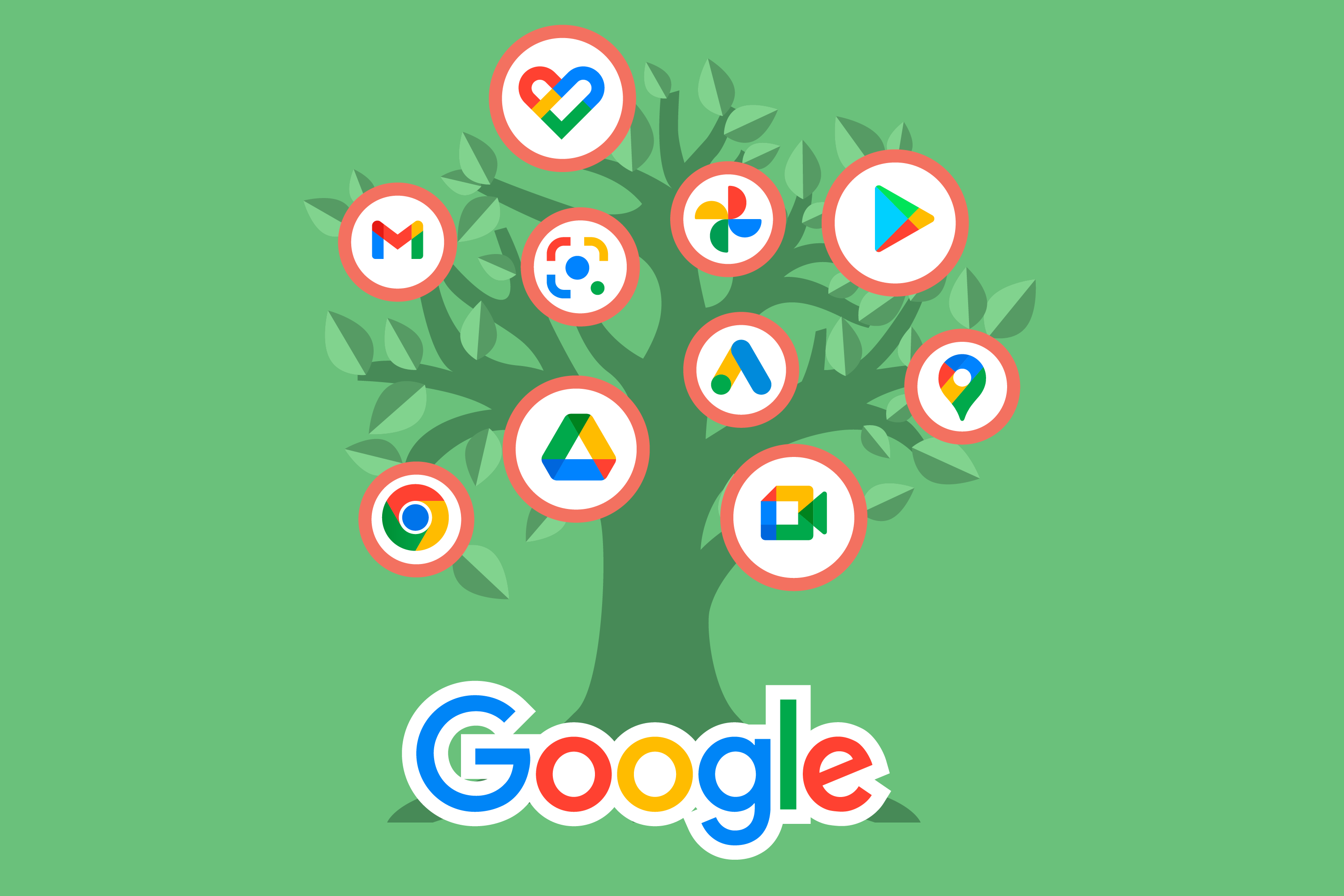The word “brand” has entered into almost everyone’s vocabulary. But if you were to ask people “what is a brand?” you’d get a wide variety of colorful answers. It’s one of those words whose meaning can change with context. Throughout this blog, we will explain what the best definition of a brand is and how you can use branding terms correctly and effectively.
Defining a Brand
The term “brand” is sometimes used as a noun - “I prefer this brand of cola” – and sometimes as a verb –“I want to brand this campaign.” If you’ve ever worked with a designer or a marketing person, you know that there are a myriad of other terms that stem off this one little word that can get rather confusing. But what a brand is, is actually much bigger than a logo, or a product…your brand is the emotional and psychological connection your customers have with your company, product or service. It is their collective perception and impression. Branding is the act of shaping that perception, which is essential if you want to compete in your industry category.
To make life a little less confusing, I’ve clarified some of the other key branding terms for you.
Other Key Branding Terms
Brand: The emotional and psychological connection your customers have with your company, product or service. It is their collective perception and impression. Branding is the act of shaping that perception.

Brand identity: This is the visual and verbal expression of the brand. It is tangible; you can see it, touch it, hold it, hear it, watch it. It includes things like the logo, fonts, colour palette, images, etc.

Brand promise: This is the commitment to deliver made between a brand and its audience. For example, Coca Cola’s brand promise is “To inspire moments of optimism and uplift.” A brand promise needs to be authentic or it will not be effective.

Brand touchpoints: A brand touchpoint occurs any time a person in the marketplace interacts with the brand. This means any mention of the brand and any application of the logo. This includes websites, letterhead, ads, speeches, word of mouth, sales promotion, social media, etc, etc.

Brand equity: This is the public's valuation of a brand. Brand equity is associated with wide recognition, customer loyalty, and the market share enjoyed by the branded product or service.

Brand architecture: This is the relative structure of an organization’s brands, the way in which the brands within a company’s portfolio are related to, and differentiated from, one another — like a brand “family tree.”
.jpg?width=870&height=455&name=Brand-architecture%20(5).jpg)
Brand values: These define the code by which the brand lives. The brand values act as a benchmark to measure behaviors and performance.
.jpg?width=870&height=456&name=Brand-Value%20(4).jpg)
Through a strong understanding of these key terms, you will be able to form effective language around what a brand’s definition actually is and how you can apply correct language use around branding.
Understanding is the First Step to Success
There you have it, the definition of a few key branding terms that you may need to use in your marketing efforts. The next time you have a conversation within your organization around “brand”, everyone can be aligned. After understanding a brand, the next step is to learn how your organization can strengthen your already existing brand, and apply these terms.
Does your organization need help with building a brand? Contact us to learn about how our team of branding experts can help build you a one-of-a-kind brand that will engage and attract customers.
Angela Dallin
Creative Director Angela takes every project through a demanding creative process, beginning with research and analysis, continuing to brainstorming and conceptualization, before presenting her design solution. She is a highly creative and pragmatic team player. With a broad range of creative experience, Angela has the ability to see even the most difficult design challenge to completion.





